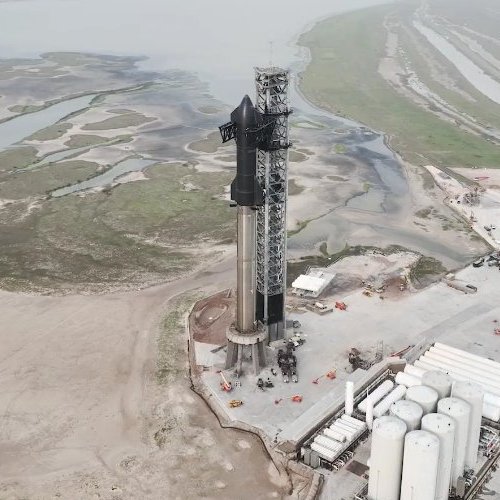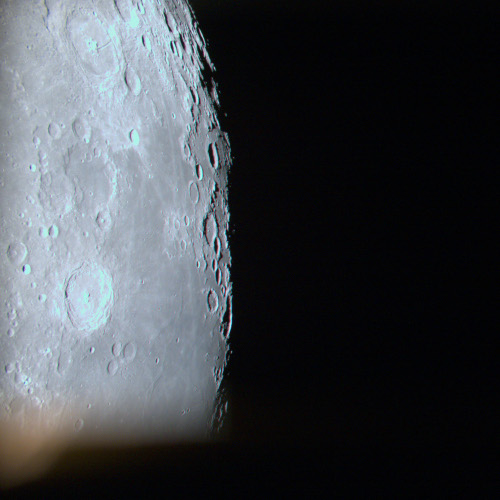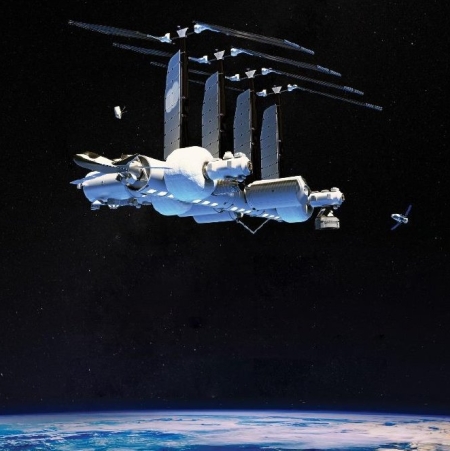Starship orbital test flight delayed one more week due to FAA delays
According to a tweet yesterday by Elon Musk, the first orbital test flight of Starship/Superheavy has been delayed again.
Starship launch trending towards near the end of third week of April
Musk had made it clear in an April 8th tweet the cause of this delay or any other delays:
Starship is ready for launch. Awaiting regulatory approval
Musk needs to be somewhat diplomatic as it will not help him to make federal bureaucrats his enemies. What he is doing here is subtly letting everyone know the sole cause of the delay, in order to press the FAA to get a move on, without saying so directly. He leaves that to others, such as myself, to say it instead.
I fear that the FAA is now demanding that it must look at the data from any wet dress rehearsal countdown, including the short engine burst that Superheavy will likely do at T-0, before it will issue the permit. If so, we could see more than a week delay. The launch should easily slip to late May if not later.
The absurdity of this is that it is utterly pointless for FAA bureaucrats to look at any of this data. What do they know? Nothing. If something was significantly wrong SpaceX engineers would know far sooner, and delay the launch themselves.
The delays seen in issuing this one launch license however give us a nice picture of what it will be like for the launch industry once the moratorium on heavy regulations by the FAA and other federal agencies expires on October 1, 2023. Expect a substantial slowdown in development and launches, with many of the new companies about to become operational instead going bankrupt in a replay of the destruction of Virgin Orbit by the UK’s Civil Aviation Authority.
According to a tweet yesterday by Elon Musk, the first orbital test flight of Starship/Superheavy has been delayed again.
Starship launch trending towards near the end of third week of April
Musk had made it clear in an April 8th tweet the cause of this delay or any other delays:
Starship is ready for launch. Awaiting regulatory approval
Musk needs to be somewhat diplomatic as it will not help him to make federal bureaucrats his enemies. What he is doing here is subtly letting everyone know the sole cause of the delay, in order to press the FAA to get a move on, without saying so directly. He leaves that to others, such as myself, to say it instead.
I fear that the FAA is now demanding that it must look at the data from any wet dress rehearsal countdown, including the short engine burst that Superheavy will likely do at T-0, before it will issue the permit. If so, we could see more than a week delay. The launch should easily slip to late May if not later.
The absurdity of this is that it is utterly pointless for FAA bureaucrats to look at any of this data. What do they know? Nothing. If something was significantly wrong SpaceX engineers would know far sooner, and delay the launch themselves.
The delays seen in issuing this one launch license however give us a nice picture of what it will be like for the launch industry once the moratorium on heavy regulations by the FAA and other federal agencies expires on October 1, 2023. Expect a substantial slowdown in development and launches, with many of the new companies about to become operational instead going bankrupt in a replay of the destruction of Virgin Orbit by the UK’s Civil Aviation Authority.





